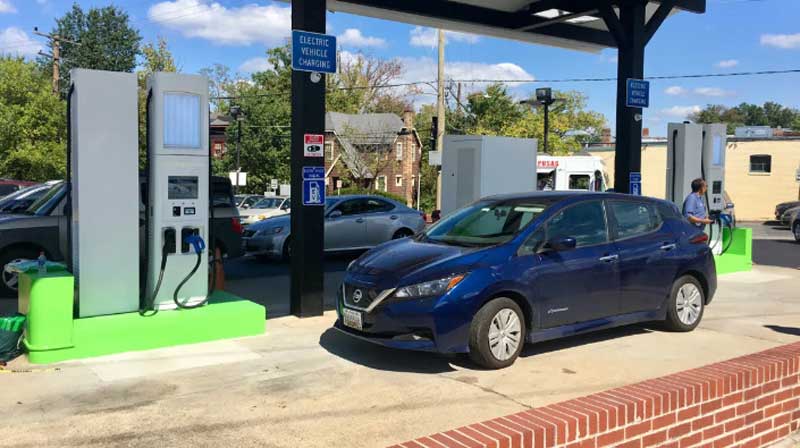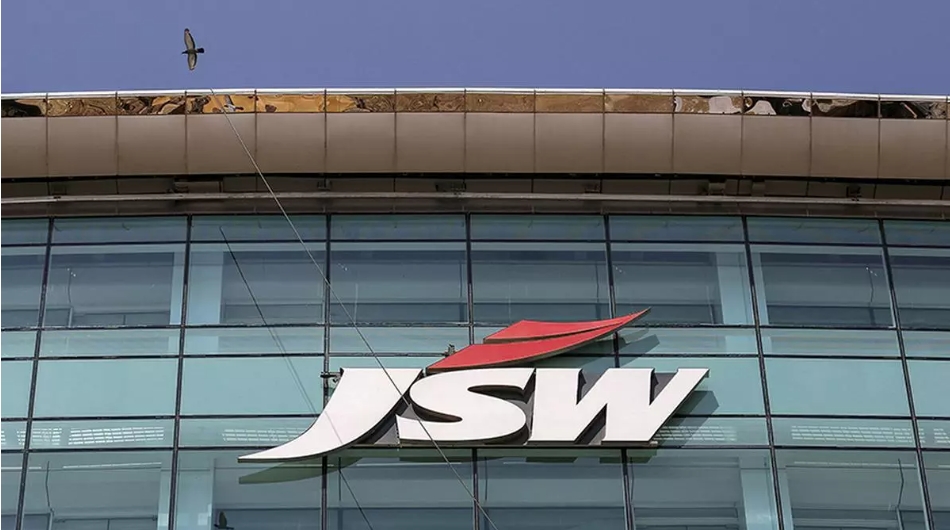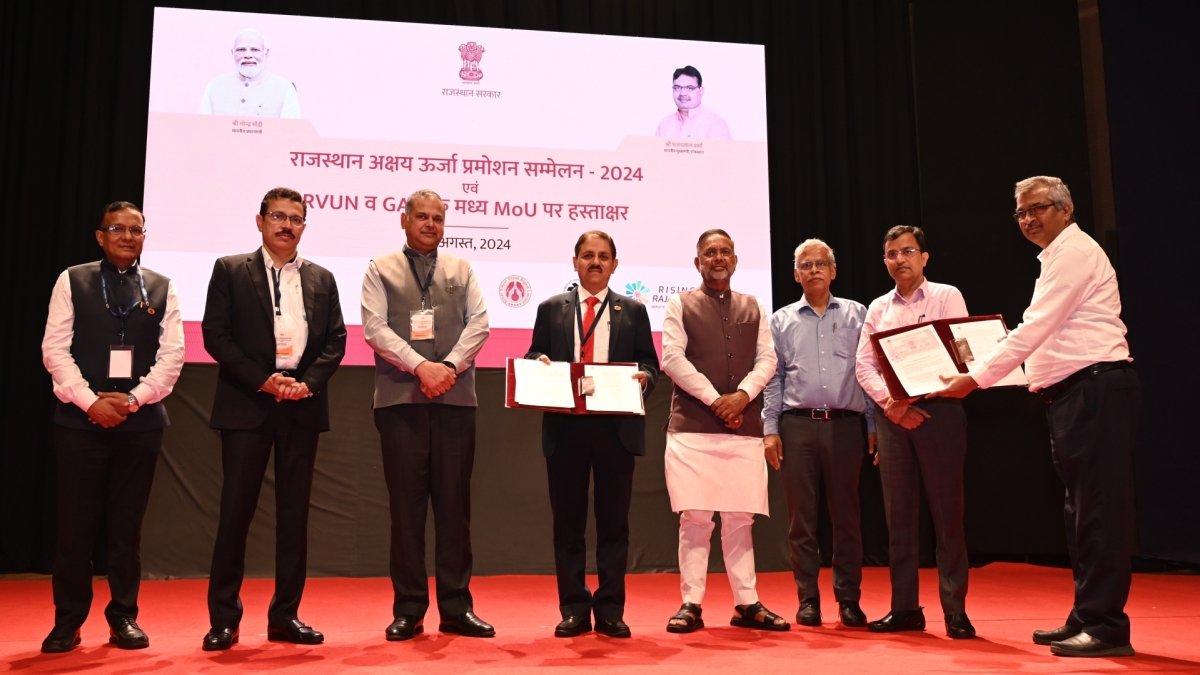
The new study was based on a consumer survey conducted in October across Australia, France, Germany, Spain, the UK, the USA, Canada, China, and India, with a total of 5,800 respondents.
Australia’s results showed that only 3% of respondents claimed to own either an electric or hybrid vehicle, while interest was “relatively low” as compared to the rest of the world.
Only 34% of Australian respondents were either interested or very interested in hybrid vehicles and 33% in electric vehicles.
Respondents pointed to cost, driving range, and a lack of charging options as the three major impediments to increase interest and potential ownership.
“Australia’s wide expanse makes it hard for drivers to contemplate being stuck without a place to charge. The distance between major cities adds anxiety about the capability of EVs to make it from A to B, despite an uptick in publicly-available infrastructure,” said Mark Streeting, Partner L.E.K. Consulting.
“However, the major impediment according to this study remains the cost, with the lowest-price EV on the market, the Hyundai Ioniq, coming it at around $45,000. And with no resale market yet established, Internal Combustion Engines remain the go-to choice for new or used vehicle purchases.
“But as batteries become more efficient to produce, these costs should come down. Publicly-available infrastructure continues to be deployed along major routes in Australia through operators such as Evie Networks, Chargefox, and the NRMA.”
“To further accelerate the adoption of EVs in Australia and globally, car manufacturers must put greater emphasis on bringing down the cost of vehicles and improving battery mileage,” Streeting added.
“They also need to work more intently with governments and the broader industry to improve charging infrastructure.”
The report also looked at new mobility options such as ride-hailing services and electric scooters. It found that there is a much greater uptake of ride-hailing and other new mobility options in India and China, compared to more mature Western economies. This is relatively unsurprising, however, with low levels of car ownership and less-developed public transport systems opening the door for new mobility options.
Thus, 70% of respondents in India and 57% in China said they now use these new mobility options instead of their car or public transport, as compared to only 16% of respondents in the United Kingdom, 14% in France, and only 9% in Germany.
Further, 55% of Indian respondents and 40% of Chinese respondents reported using a ride-hailing service in the last three months – whereas in Europe, ride-hailing use in countries ranged from 15% to 25%.
Interestingly, in the United States – the earliest adopter of new mobility transport options – the proportion of people using a ride-hailer service has remained relatively static for the past three years, coming in at around 25%, and declining to 24% in 2019.
“The most exciting growth of new mobility is in India and China where ride-hailers and other innovative transport options are set to leapfrog the use of public transport and privately owned cars,” said Ashish Khanna, Partner at L.E.K. Consulting.
“This presents a huge opportunity for ‘mobility-as-a-service’ providers in these and other developing economies because the shared transport ‘payment-per-trip’ model opens up vehicle access to the millions of people who cannot afford to buy a car or who are underserved by public transport.
“For car manufacturers, this means they should focus their strategy in these markets on selling to fleet companies rather than individuals.,” he said.
“In the mature Western markets for new mobility, uptake of ride-hailing, the first mass-market new mobility option, has levelled off. Early adopting cities, such as New York and San Francisco, have even seen usage falling in the past year.
“The disrupters are themselves being disrupted by e-scooters and other new forms of micro-mobility, and regulatory intervention is curtailing expansion. However, even in these markets, awareness levels remain relatively low, and usage further lags, suggesting significant room for growth remains.”







